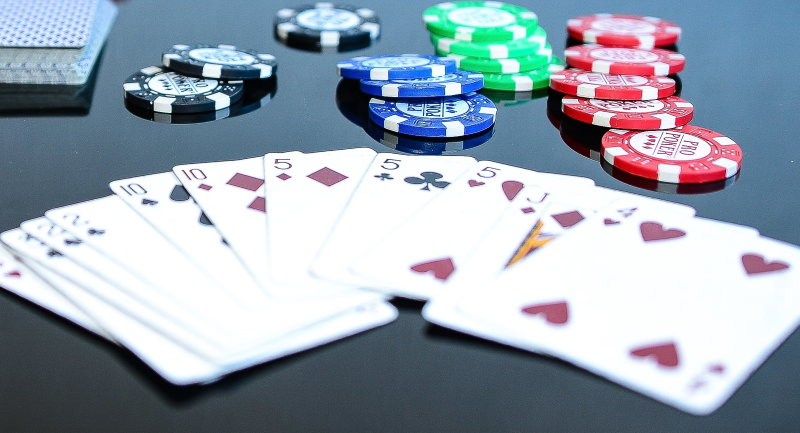Betting Strategies For Texas Hold’em

Hold ‘em or fold ‘em – that’s the big decision that every player of Texas Hold‘em has to make. Of course, the problem is that you have to make that call before you even see the rest of the cards you can use to make your hand.
The first two cards, dealt face down for only you to see, are called the hole cards or pocket cards, and based on these cards, and these cards alone, you have to make a decision about the potential strength of your hand. So how do you decide whether to raise, match or fold, when you only know 40% of what you have to play with?
Know your stats
There are 169 non-equivalent pair combinations possible with two random cards dealt from a standard 52 card deck. You have a one in seventeen chance of getting a pair and a roughly one in four chance of two cards of the same suit. Unfortunately, twelve out of seventeen sets of two cards will have no relationship to each other whatsoever, in either suit or number. If you are new to the game, or you don’t trust your chances, this is probably where you fold.

However, if you are fortunate enough to have been dealt one of the five in seventeen combinations that do have potential, you now need to assess just how strong your hand is in order to decide on your next move. Remember, you will get a second chance to fold or bet after the first three cards or flop, are dealt, and again after the forth or turn card, and the fifth or river card, but by then you will have much more information to work with.
The Chen Formula
There are lots of ways to rank hands in Texas Hold ‘em, but most of these require you to remember tables or charts of rankings. Many famous players have proposed their own system, for example, 14 times WSOP Champion, Phil Hellmuth, proposed a six tier ranking system for hole cards, while David Sklansky extended this to eight. These systems are fairly intuitive, and all combinations in each rank can be played with similar confidence, but they do take time to learn.

The Chen Formula, on the other hand, doesn’t need you to remember any tables, and allows you to calculate the value of your hole cards quickly and easily. Devised by PhD mathematician, Bill Chen, the system works like this:
- Give your highest card a value as follows A=10, K=8, Q=7, J=6 with other cards half their number value.
- Double your points for a pair.
- Add 2 points if they match suit or 1 point if they are consecutive.
- Take off points for gaps between your cards, with -1 for a one card gap (6 and 8), -2 for a two card gap (6 and 9), -4 for three card gap (5 and 9) and -5 for a larger gap (2 and 8).
- Add a point for a single card gap if the top card is lower than a queen (as the run can go both ways).
This gives your hand a ranking of between 20 points – for a pair of aces (10 x 2) down to minus one and a half points for a completely unrelated low rank hand such as an 7 of hearts and 2 of clubs (7x ½ =3½ -5 for the gap= -1½).
It will take a little while to get used to the Chen formula, but once you have mastered it, you will be able to put an accurate value on your hand almost instantly and be able to place your bet with much more confidence, and hopefully success.

Pingback: What New Players Should Know About Online Poker